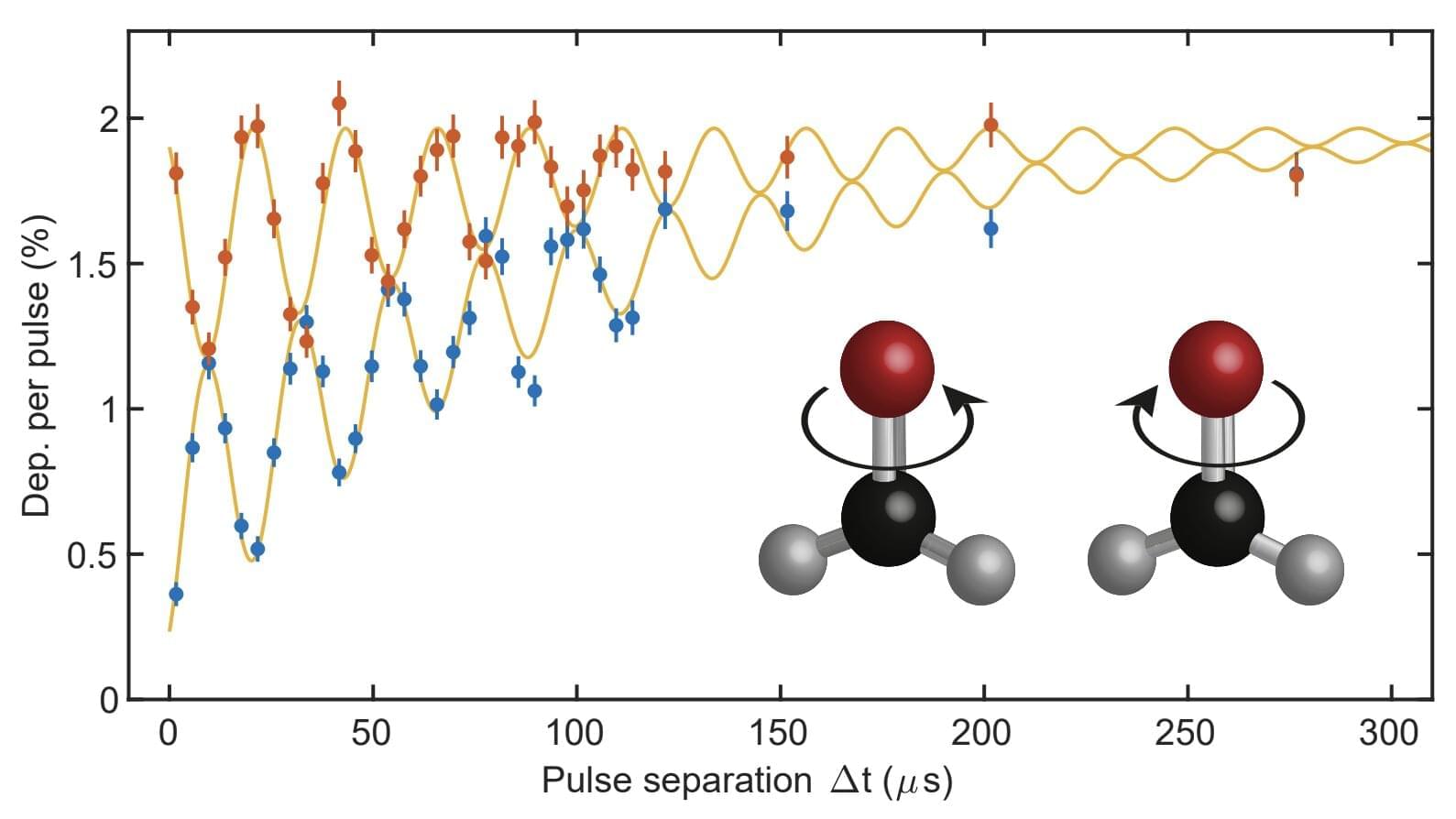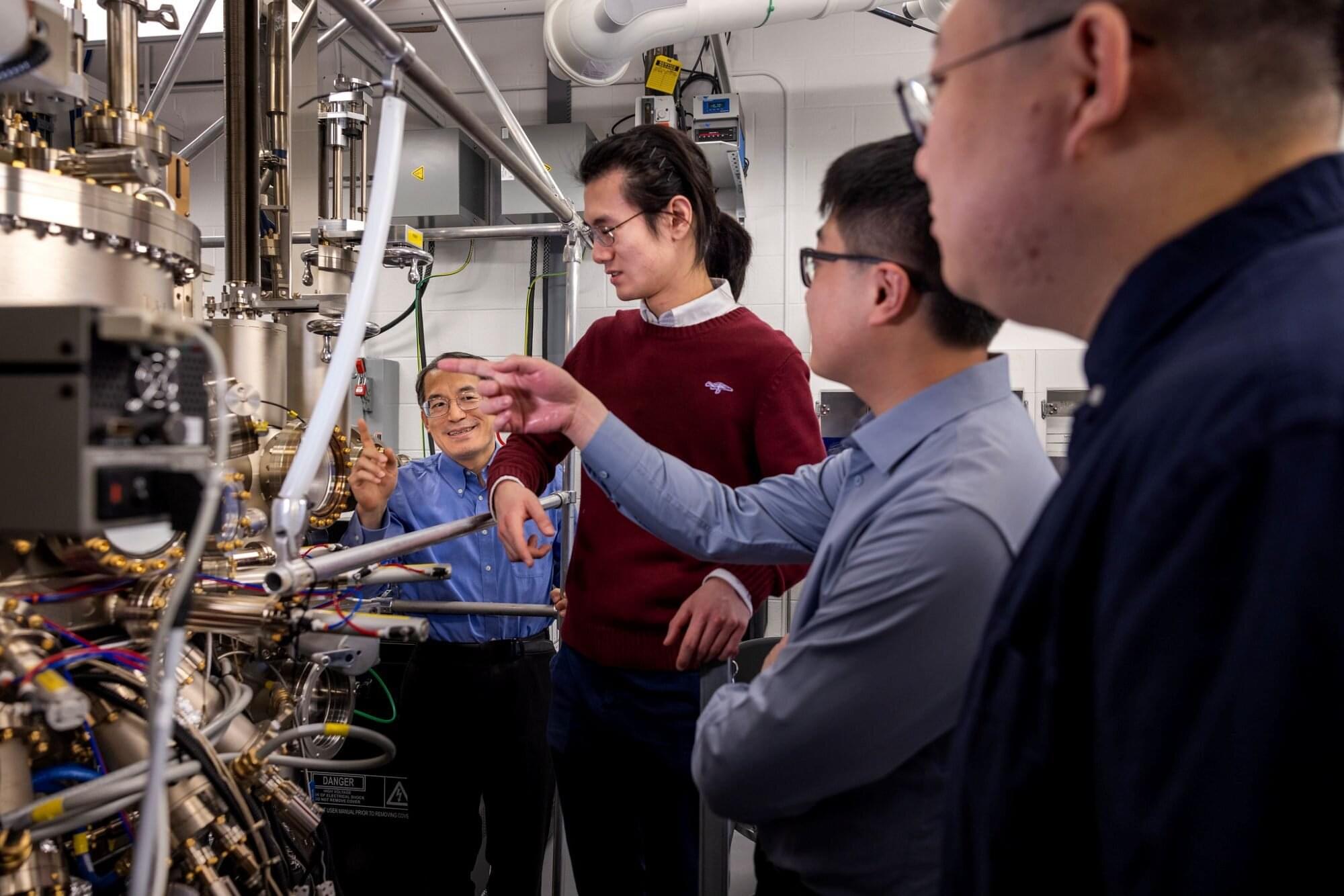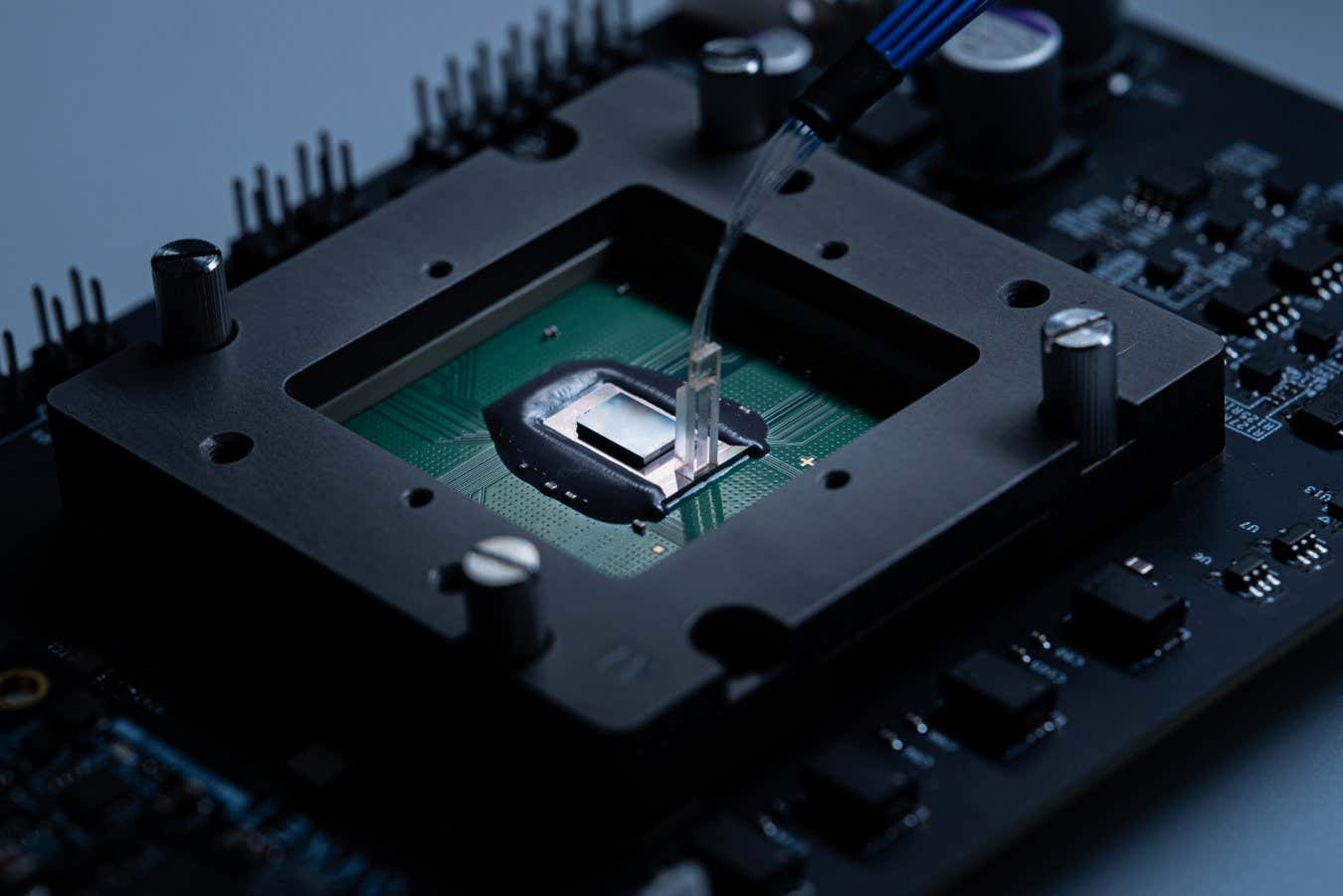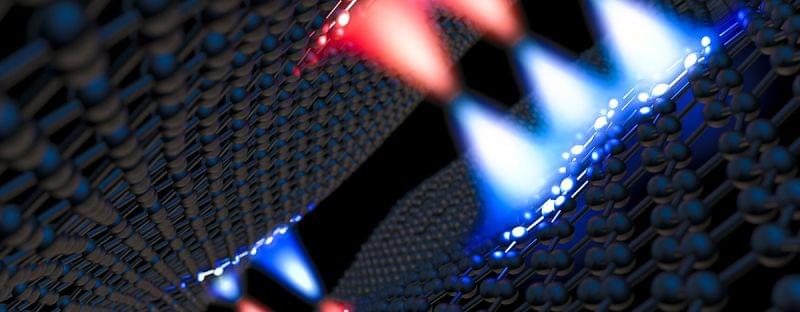New circuits might find use in edge computing chips



Over the past decades, researchers have been trying to develop increasingly advanced and powerful quantum computers, which could outperform classical computers on some tasks. To attain this, they have been trying to identify new ways to store and manipulate qubits, which are the fundamental units of information in quantum computing systems.
So far, most studies have developed quantum systems that store qubits using superconducting materials, trapped ions, and the spin of electrons confined in quantum dots (i.e., tiny semiconductor-based structures).
Another promising and yet so far rarely explored platform for the storage and manipulation of qubits relies on polar polyatomic molecules, which are molecules with more than two atoms and an uneven distribution of electric charge.

A pair of physicists at Universidad Nacional de Mar del Plata, in Argentina, have created a computer simulation of the famed Antikythera Mechanism and in so doing have found that manufacturing inaccuracies may have caused the device to jam so often it would have been very nearly unusable—if it was in the condition it is now. Esteban Szigety and Gustavo Arenas have posted a paper on the arXiv preprint server describing the factors that went into their simulation and what it showed.
In 1901, divers looking for sponges off the coast of the Greek island, Antikythera, discovered a mechanical device among the ruins of a sunken ship. The mysterious device was dated to the late second or early first century BCE, and from that time on there has been much debate in the scientific community regarding its purpose.
Some markings on the device suggest it could be used to track time and astronomical events and even predict some others, such as the arrival of a comet, courtesy of its intricate gears and pointing indicators, by turning its hand crank. Since only one of the devices has ever been found, some have suggested it had an otherworldly origin.

A new class of semiconductors that can store information in electric fields could enable computers that run on less power, sensors with quantum precision, and the conversion of signals between electrical, optical and acoustic forms—but how they maintained two opposite electric polarizations in the same material was a mystery.

Opaque materials can transmit light when excited by a high-intensity laser beam. This process, known as optical bleaching, induces a nonlinear effect that temporarily alters the properties of a material. Remarkably, when the laser is switched on and off at ultrahigh speeds, the effect can be dynamically controlled, opening new possibilities for advanced optical technologies.
Multicolored optical switching is an important phenomenon with potential applications in fields such as telecommunications and optical computing. However, most materials typically exhibit single-color optical nonlinearity under intense laser illumination, limiting their use in systems requiring multicolor or multiband switching capabilities. Currently, most optical switches are based on microelectromechanical systems, which require an electric voltage or current to operate, resulting in slow response times.
To address this gap, a group of researchers, led by Professor Junjun Jia from the Faculty of Science and Engineering at Waseda University, Japan, in collaboration with Professor Hui Ye and Dr. Hossam A. Almossalami from the College of Optical Science and Engineering at Zhejiang University, China, Professor Naoomi Yamada from the Department of Applied Chemistry at Chubu University, Japan, and Dr. Takashi Yagi from the National Institute of Advanced Industrial Science and Technology, Japan, investigated the multivalley optical switching phenomenon in germanium (Ge) films.

Physicists at Harvard John A. Paulson School of Engineering and Applied Sciences (SEAS) have created a compact laser that emits extremely bright, short pulses of light in a useful but difficult-to-achieve wavelength range, packing the performance of larger photonic devices onto a single chip.
Published in Nature, the research is the first demonstration of an on-chip, picosecond, mid-infrared laser pulse generator that requires no external components to operate.
The device can make what’s called an optical frequency comb, a spectrum of light consisting of equally spaced frequency lines (like a comb), used today in precision measurements. The new laser chip could one day speed the creation of highly sensitive, broad-spectrum gas sensors for environmental monitoring, or new types of spectroscopy tools for medical imaging.

Year 2021 face_with_colon_three
Communication between brain activity and computers, known as brain-computer interface or BCI, has been used in clinical trials to monitor epilepsy and other brain disorders. BCI has also shown promise as a technology to enable a user to move a prosthesis simply by neural commands. Tapping into the basic BCI concept would make smart phones smarter than ever.
Research has zeroed in on retrofitting wireless earbuds to detect neural signals. The data would then be transmitted to a smartphone via Bluetooth. Software at the smartphone end would translate different brain wave patterns into commands. The emerging technology is called Ear EEG.
Rikky Muller, Assistant Professor of Electrical Engineering and Computer Science, has refined the physical comfort of EEG earbuds and has demonstrated their ability to detect and record brain activity. With support from the Bakar Fellowship Program, she is building out several applications to establish Ear EEG as a new platform technology to support consumer and health monitoring apps.

The study notes, “These findings underscore the complexity of Europa’s plume activity. Our results provide a framework to explore various plume characteristics, including gas drag, particle size, initial ejection velocities, and gas production rates, and the resulting plume morphologies and deposition outcomes.”
How do the water vapor plumes on Jupiter’s icy moon, Europa, contribute to the interaction between the moon’s surface and subsurface environments? This is what a recent study published in The Planetary Science Journal hopes to address as a team of researchers investigated how gas drag could influence the direction of particles being emitted by Europa’s water vapor plumes, specifically regarding where they land on the surface, either near the plumes or farther out. This study has the potential to help scientists better understand the surface-subsurface interactions on Europa and what this could mean for finding life as we know it.
Artist’s illustration of Europa’s water vapor plumes. (Credit: NASA/ESA/K. Retherford/SWRI)
For the study, the researchers used a series of computer models to simulate how the speed and direction of dust particles emitted from the plumes could be influenced by a process called gas drag, which could decrease the speed and direction of dust particles exiting the plumes. In the end, the researchers found that gas drag greatly influences dust behavior, with smaller dust particles ranging in size from 0.001 to 0.1 micrometers becoming more spread out after eruption and larger dust particles ranging in size from 0.1 to 10 micrometers landing near the plume sites.


Supported by the U.S. National Science Foundation, physicists have revealed the presence of a previously unobserved type of subatomic phenomenon called a fractional exciton. Their findings confirm theoretical predictions of a quasiparticle with unique quantum properties that behaves as though it is made of equal fractions of opposite electric charges bound together by mutual attraction.
The discovery was supported by NSF through multiple grants and laboratory work performed at the NSF National High Magnetic Field Laboratory in Tallahassee, Florida. The results are published in Nature and show potential for developing new ways to improve how information is stored and manipulated at the quantum level, which could lead to faster and more reliable quantum computers.
“Our findings point toward an entirely new class of quantum particles that carry no overall charge but follow unique quantum statistics,” says Jia Li, leader of the research team and associate professor of physics at Brown University. “The most exciting part is that this discovery unlocks a range of novel quantum phases of matter, presenting a new frontier for future research, deepening our understanding of fundamental physics and even opening up new possibilities in quantum computation.”